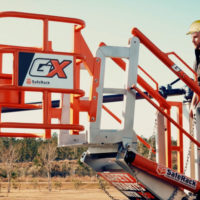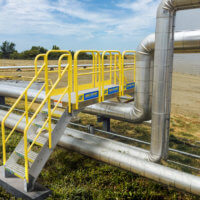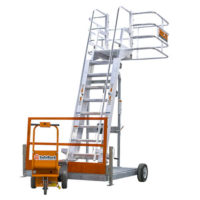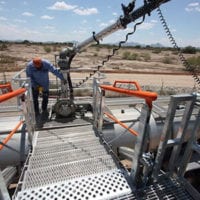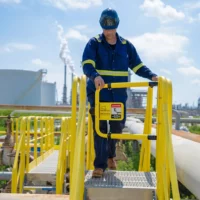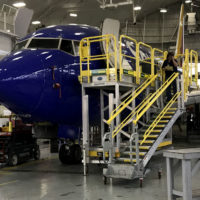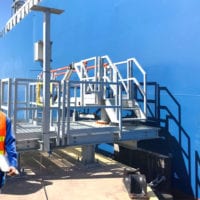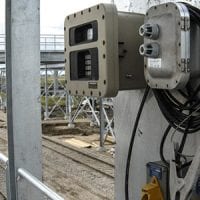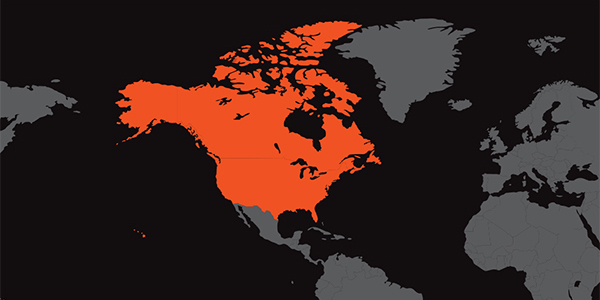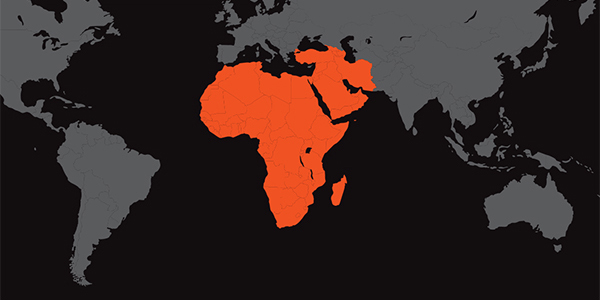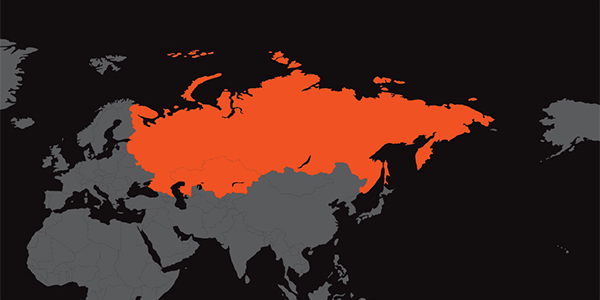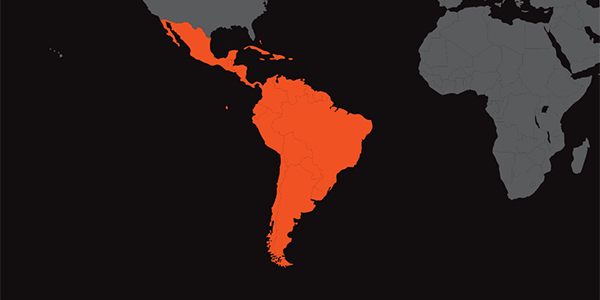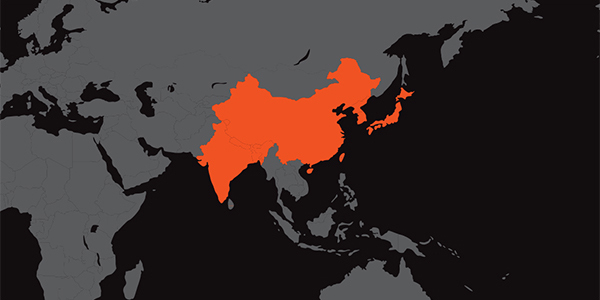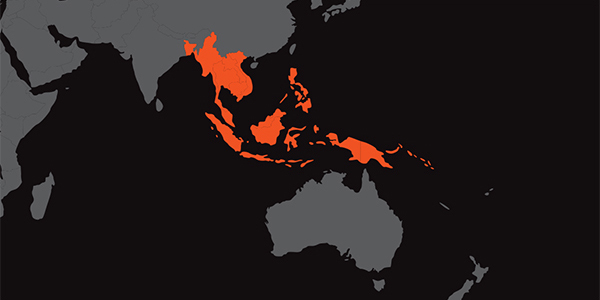Used in tanker trucks and tanker ships, baffles are angled dividers with holes that slow down the front-to-back sloshing and movement of the tanker’s liquid cargo.
The movement of heavy liquid cargo inside an oil tanker truck or ship can create problems as it moves fore and aft and laterally during turns and while going up- or downhill.
While baffles help to minimize the internal movement of liquids and keep them evenly distributed, side-to-side movement of the liquid can still cause tanker trucks to overturn on curves. Shifting weights in tanker ships can cause listing that slows the delivery times.
The oil in a tanker truck is a heavy load and when it starts to move it can create control problems. Tanker Baffles create containment and sloshing reduction solutions for shifting weights.

The science of slosh dynamics takes into consideration the inertia of moving bodies (i.e, oil in a tank) called inertial waves. If left uncontrolled, these waves can cause jack-knife situations and overturning of tanker trucks. Baffles are installed to control these waves.
Tankers without baffles, known as smoothbore tankers, feature one long, smooth interior compartment. While this design allows the interior to be sanitized for the hauling of milk and other foodstuffs, the lack of bulkheads or baffles also allows liquid cargo in partially filled tankers to slosh around freely and strongly, pushing the truck in the same direction it’s traveling.
Most of the time, however, tanker trucks aren’t carrying foodstuffs, but rather dangerous liquid contents such as gasoline and fuel oils. This makes the stability of partially filled liquid cargo vehicles extremely important. Baffles contribute to this stability.
For safer transporting of hazardous bulk liquids, baffles help distribute and control the shifting weight in road tankers. The bulkheads segment the holding tank so the fluid weight is distributed to each compartment. The liquid cargo travels through a hole in the baffle, but the walls prevent the total load from moving drastically. While sloshing still occurs, it is contained in the spaces between the baffles.
Truck Tanker Types
Fuel transport safety is a major concern for any company that moves and distributes fuel. Various cargoes require different types of tankers to safely get the cargo over the road per Department of Transportation requirements. Fuel depots, chemical transport companies, and gas transport companies need safe and reliable tankers to hold that material.



